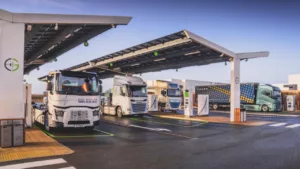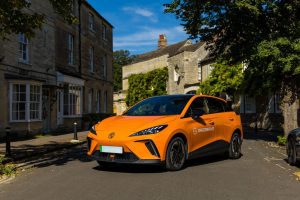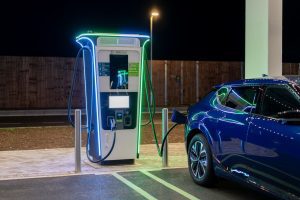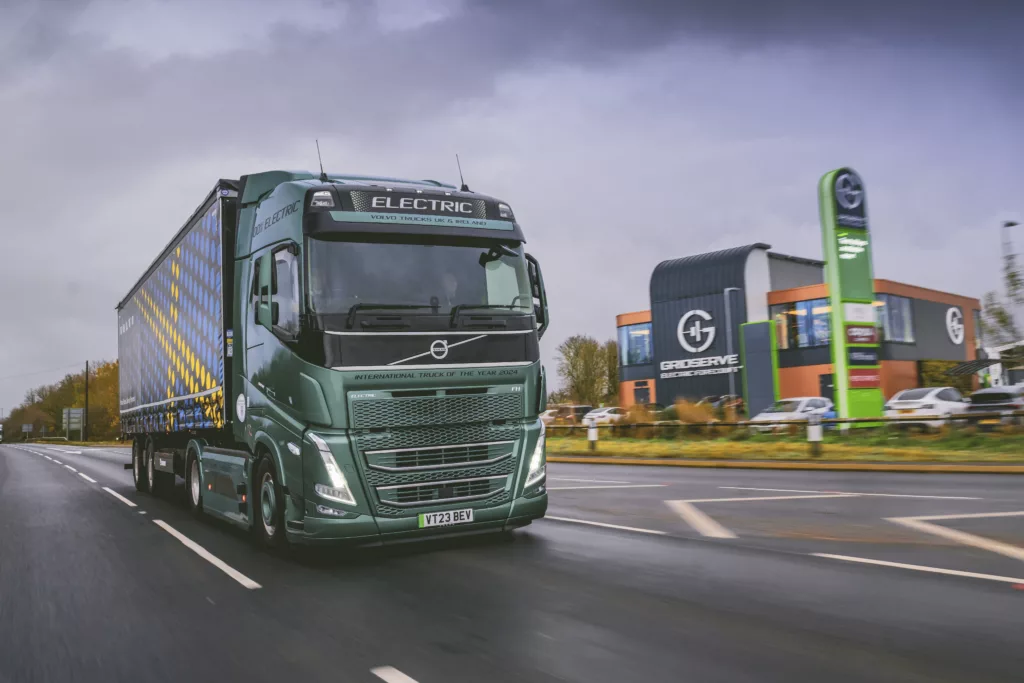

The decision for business owners to electrify their HGV fleets isn’t as straightforward as replacing a diesel truck with an electric equivalent. It’s about understanding the needs of their business and any implications this may have on daily duties. It’s about knowing what charging speeds will best suit their duty cycles, what driver training may be required, what grid connections could be available at their depots and how any lack of grid power could be mitigated with the use of other low carbon technologies on site.
We’re committed to helping fleet managers answer all these questions. And although we’re at the start of a seven-year fact-finding mission with Electric Freightway, the data science team at lead partner Hitachi ZeroCarbon is already monitoring consortium member trucks and mapping those myriad use cases that will help to justify (or not) a fully electric future.
Heading up this team is Chief Data Scientist, Colm Gallagher. Colm has form applying machine learning to protracted and vastly detailed electric vehicle data capture exercises. He previously supported another government-funded initiative known as Optimise Prime. This remains the world’s largest commercial electric vehicle trial and included tracking more than 8,000 vehicles across a number of different use cases including depot-based fleets, home-based charging and mixed-use (incl. public) charging.
Once again, the goal for Colm and his team is to turn data into information and information into insight, to help the UK government, our consortium members and the industry make better decisions that support the decarbonisation of the sector.
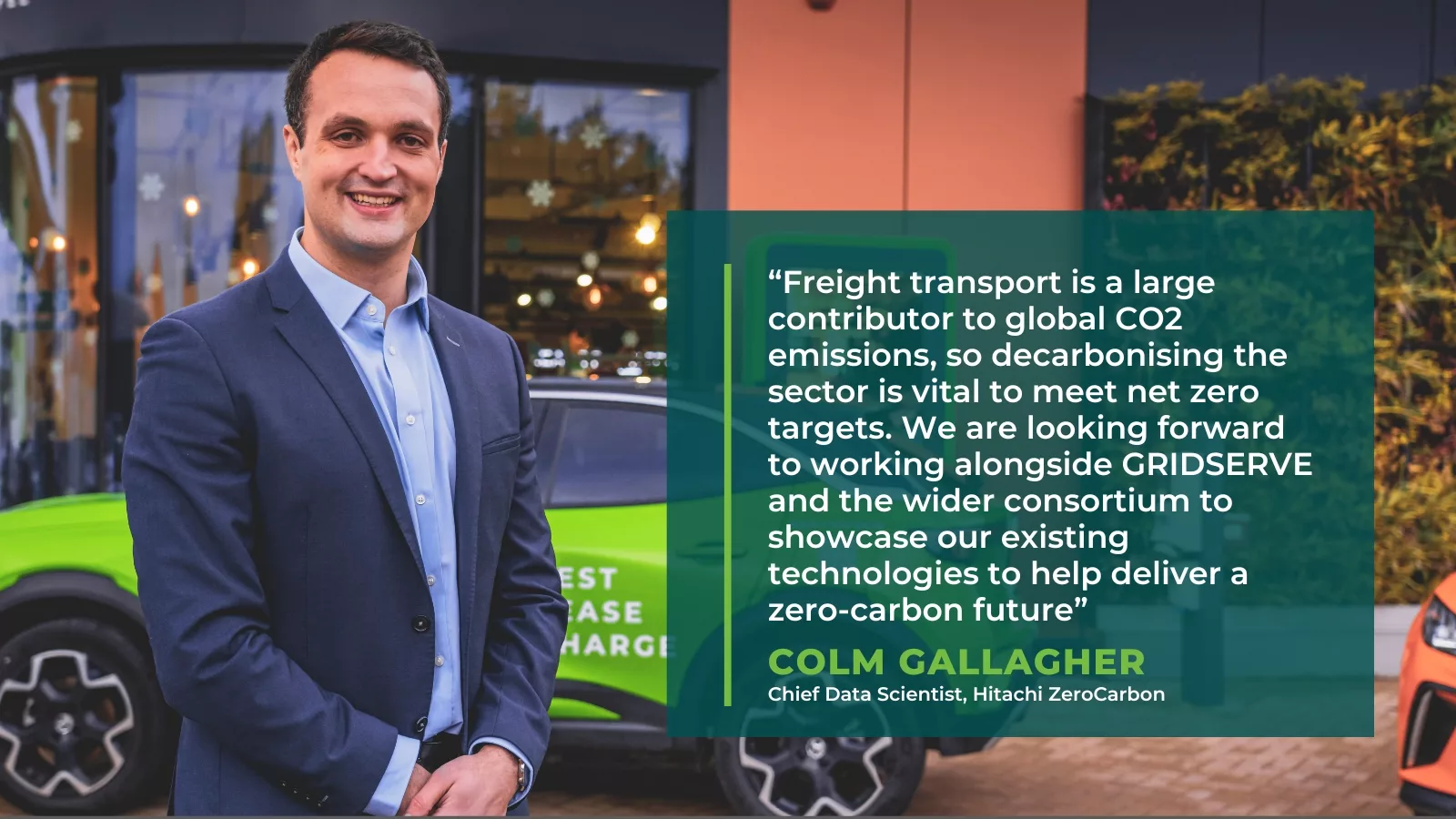
Transport is now the UK’s largest emitting sector of greenhouse gas (GHG) emissions – accounting for 24 per cent of total emissions in 2020 – but it’s actually HGVs that are responsible for nearly a fifth of those sector emissions. That’s despite representing less than one per cent (400,000 vehicles) of the total registered vehicles on UK roads.
The Electric Freightway project will help fund up to 140 fully electric HGVs. For every vehicle, Hitachi ZeroCarbon will gather telematics that provide the deep data set necessary to understand the detailed routes, the consumption of energy and the charging behaviour. It will then marry this data to the type of vehicle that is in use, also monitoring the type of tractor unit, the type and weight of the trailer unit, even the type of tyre, if known. This can then be used to inform a Total Cost of Ownership (TCO) model.
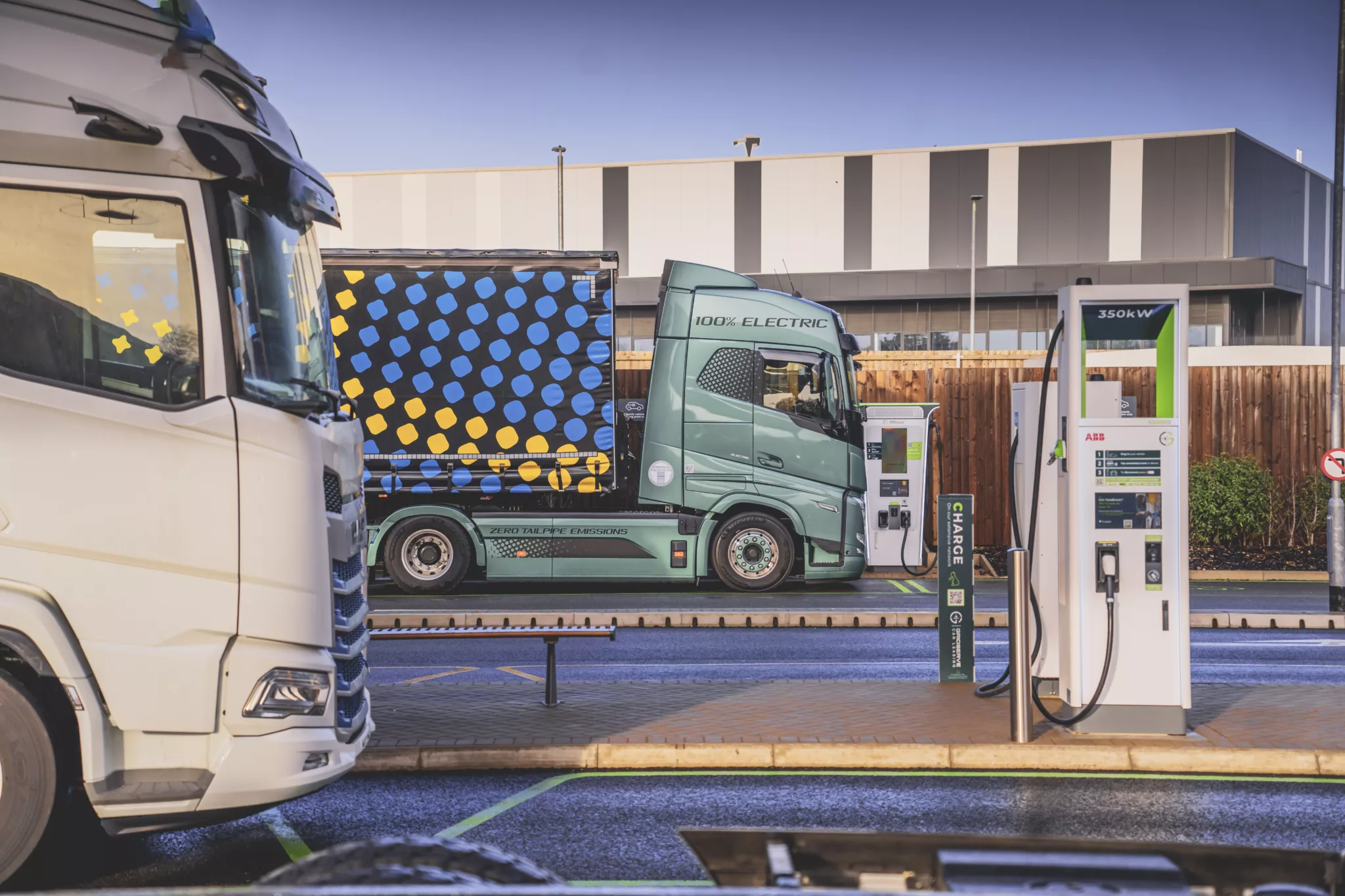
Total Cost of Ownership (TCO) covers the costs to purchase the electric truck, plus any fuel, servicing, maintenance, road tolls and taxes over the lifetime of the vehicle. Colm and the team already have hypotheses around how cost competitive these electric trucks will be and at what stage the TCO for a battery electric HGV becomes cheaper than an equivalent diesel-powered HGV. However, real data from a large sample of active vehicles will help test those assumptions robustly. “We’re acutely aware that making the switch to electric trucks for businesses can’t just be the sustainable option, it must also be the cheaper option,” he says.
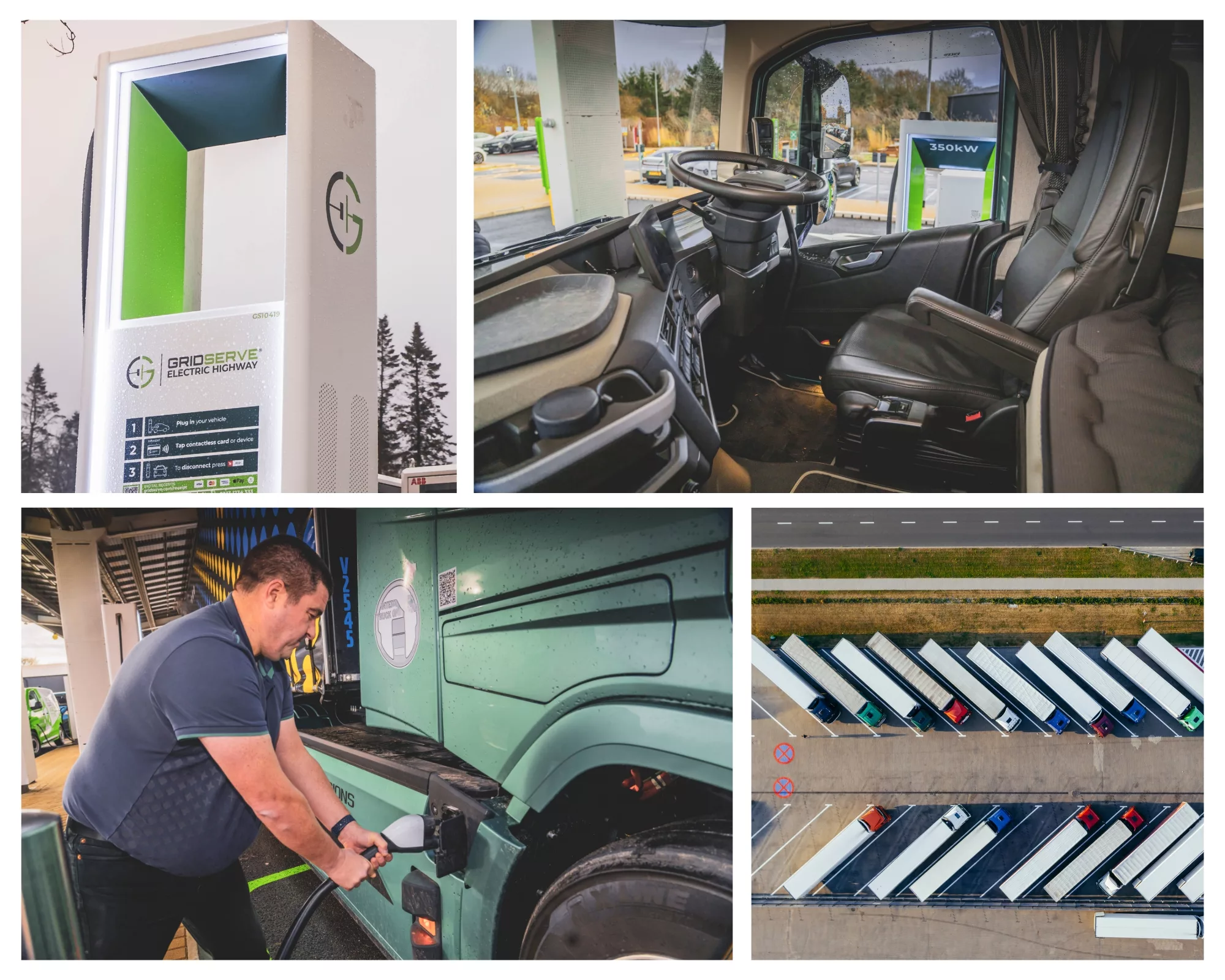
Importantly, Colm tells us this isn’t just a pure data-driven approach that relies on telematics. It’s also about understanding truck driver impressions and capturing how those impressions may change over time. Similarly, where the TCO is today is not necessarily where it will be tomorrow, due to ever-evolving factors like the price of diesel, the price of energy, the battery performance of the next generation of trucks and the degradation of eHGV batteries in service. This will all be factored into the algorithms to ensure predictions around future TCOs are accurate.
Throughout the Electric Freightway project, Hitachi ZeroCarbon will be communicating these insights and more in a series of five reports. The first report will focus on design and feasibility and is due later this spring. Colm is keen for each report to be released as soon as they are ready, rather than wait for a glossy book at the end of the programme. “We’re in the midst of a climate emergency, so we need to provide learnings that help inform business decisions now.”
